Owning an RV comes with a sense of freedom and adventure, but it also means embracing some responsibilities. Understanding the basics of RV maintenance is where the journey begins. Regular checks and upkeep are not just optional; they’re crucial for safety and longevity.
Let’s talk about maintenance tasks every RV owner should have on their radar. From checking tire pressure to ensuring that fluid levels are just right, these tasks might seem small, but they add up to a smoother experience. And those roofs and seals? Inspect them regularly to avoid any sneaky leaks that could cause major headaches down the line.
Keeping the exterior clean is more than just aesthetics. It’s about preventing dirt and grime from causing damage over time. Regular cleaning helps spot potential issues early, like rust or wear.
Then there’s the electrical system. Make sure batteries are charged, and connections are solid. A little attention here can prevent more significant issues when on the road. And don’t overlook the plumbing systems. Regularly checking hoses and seals helps avoid unexpected leaks.
By incorporating these basic maintenance practices, you’re setting your RV up for success. Plus, it means less worry and more play on your adventures.
Benefits of DIY RV Maintenance
Taking on DIY (do it yourself) RV maintenance is like taking control of your own ship. It’s all about saving some cash while getting that sweet satisfaction of doing it yourself.
Let’s face it, professional services come with a price tag. By learning DIY maintenance, you’re cutting down on those expenses and keeping more money for your road trips. Plus, it’s fun to tackle challenges and see the results of your work.
There’s a thriving community of RV lovers who swear by the power of doing it yourself. Online forums, YouTube channels, and blogs are packed with tips and hacks. This wealth of knowledge makes it easier to fix those pesky issues that pop up.
You’ll also end up understanding your RV a whole lot better. Knowing your RV’s ins and outs gives you confidence when handling minor repairs and can make you more prepared when unexpected situations arise. That kind of knowledge? Priceless when you’re miles away from home.
I hold a technician certification from the RVIA through the RV technical institute. There are four levels of training you can attain. Understanding your RV is the best way to solve problems when they arise. You can check out the technical institute here.
Challenges of Performing DIY Repairs on Your RV
Jumping into the world of DIY RV repairs can be rewarding, but let’s keep it real, not everything’s a walk in the park. There are some hurdles you might encounter along the way.
One biggie is the tools. Some repairs need specialized equipment, and it’s not always practical to go out and buy these just for a one-off fix. Without the right tools, a simple job can quickly turn tricky.
Then there’s the learning curve. YouTube is great and all, but mastering the ropes takes time, patience, and a bit of trial and error. It can be frustrating if things don’t go as planned or if the fix is more complicated than it looked initially.
Let’s not forget about the potential for messing things up. Incorrect repairs can lead to more extensive damage, safety risks, or even voiding warranties. Some tasks, especially those involving electricity or major systems, are better left to the pros.
Time is another factor. DIY takes time, time to learn, time to get it right, and sometimes, time to redo things. It’s easy to underestimate the actual effort involved.
Being aware of these challenges helps you decide when to tackle the repairs yourself and when it’s best to call in the experts. Balancing your skills against what’s required is key.
Advantages of Hiring Professional RV Service
Going with a professional can be a game changer, especially when it comes to keeping your RV in tip-top shape. Sometimes, letting an expert handle things is just what you need.
Professionals bring a wealth of experience and know-how. They’ve seen it all and worked on every imaginable problem. Their expertise means issues get diagnosed and fixed properly.
One of the best perks is peace of mind. Professional services often come with warranties or guarantees. If something doesn’t hold up, it’s on them to fix it properly. That reassurance can ease worries when you’re planning your adventures.
Handing your RV off to professionals also saves time, giving you more hours to plan your next trip or enjoy your current one. Not everyone has time to deal with fiddly fixes, so passing the baton can be a real relief.
Convenience is a big win, too. Whether you’ve got a tight schedule or you’re looking at a complex repair, professionals can sort out things efficiently without interrupting your plans.
Weighing these advantages against your DIY plans might just tip the scale when you’re deciding how to handle your RV maintenance needs.
But, before hiring a technician, be sure to check their certifications, experience, and reviews to ensure you are hiring a qualified technician who can solve your problem.
Assessing When to Choose DIY or Professional Services
Deciding whether to tackle RV maintenance yourself or hire a pro isn’t always straightforward. It helps to weigh a few important factors that can guide your choice in the right direction.
Think about your own skills and confidence level first. Are you comfortable handling the job at hand? If you’ve got the know-how and tools, DIY might be a great option. But if there’s doubt, professional help could save the day.
Time is another big factor. How much time do you have to dedicate to maintenance or repairs? Some fixes can be a real-time-suck, which is something to keep in mind if your schedule’s already packed.
Cost is always a consideration, too. DIY can be cheaper if you’ve already got the necessary materials. But sometimes a professional service comes with those extra benefits like inspections that catch things you might not notice on your own.
Don’t disregard the complexity of the task. Some jobs are straightforward, but others, especially those involving electricity or intricate mechanical parts might need an expert’s touch to ensure everything’s shipshape.
Choosing DIY or professional services ultimately boils down to balancing these elements against your needs and circumstances. It’s all about what’s best for you and your RV.
Recommended Resources for RV Maintenance and Repair
When you’re gearing up for RV maintenance, having the right resources can make all the difference. There’s a variety of tools and kits designed specifically for common repairs. Investing in a good toolkit can pay off big time, making life easier whether you’re on the road or parked at home.
Online communities are a goldmine for tips and advice. Forums, blogs, and social media groups are buzzing with fellow RV enthusiasts who are eager to share experiences and insights. They’re perfect for learning tricks of the trade and getting recommendations.
When it’s time to consult a pro, having a list of trusted directories can save loads of hassle. Websites that offer reviews and ratings can guide you to reliable services in your area, ensuring your RV gets the best care possible.
Educational materials are out there, too, for those who want to beef up their knowledge. There are workshops and online courses that dive into various aspects of RV care. They offer hands-on lessons and detailed guides, perfect for anyone keen to expand their DIY skill set.
Equipping yourself with these resources gives you a leg up, whether you’re tackling repairs on your own or preparing your questions for a professional.
__________________________________________________________________________________
To learn more about us, click here.
Please feel free to ask a question or leave a comment before you read other articles on our website.
Pam and I hope that while you enjoy the RV lifestyle, you also run an online business from your RV! We do!!
With great RV connectivity, as discussed on this website, you can easily make money while traveling to whatever destination you desire.
Would you like to create an income while enjoying RV travel?
Is there something that you are passionate about? You can create an online business that you can run anywhere. I can help you do that!
CREATE AN ONLINE BUSINESS FROM SOMETHING YOU LOVE TO DO!

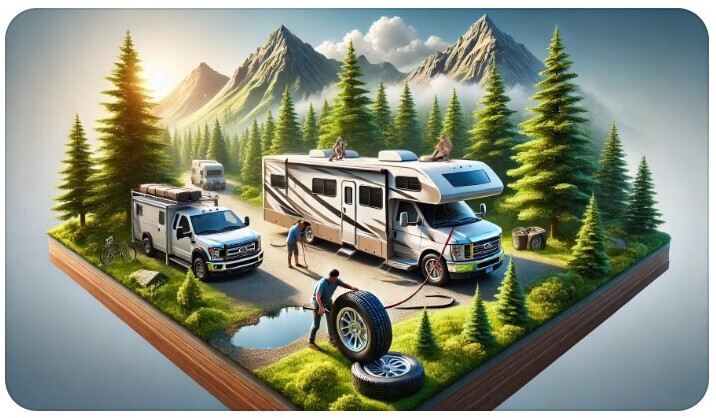
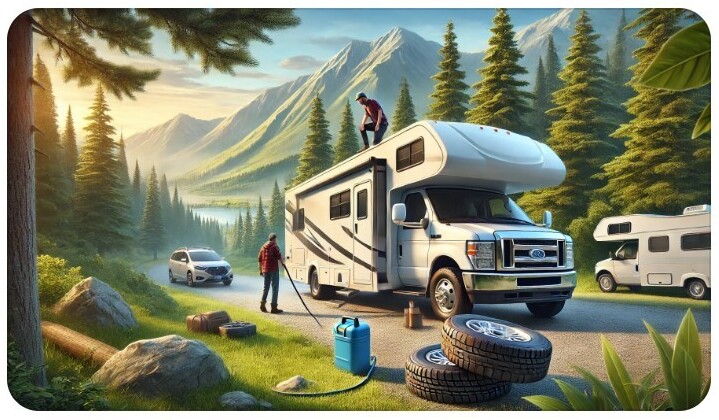
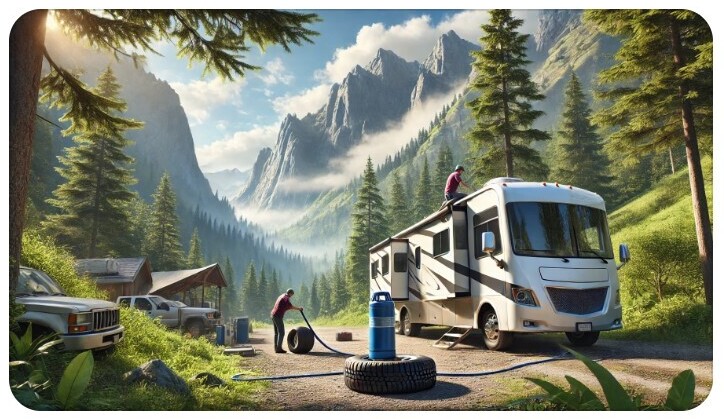
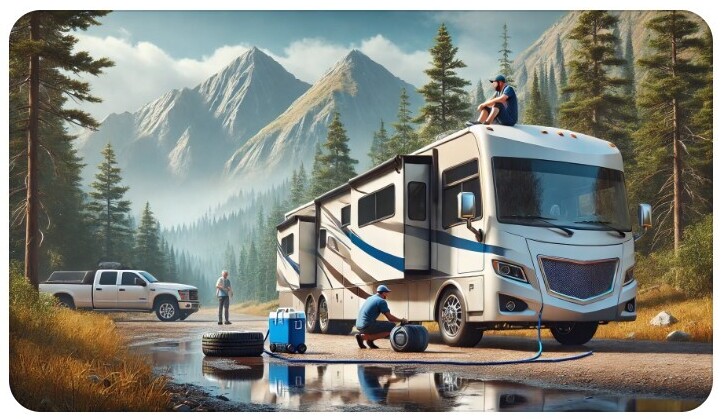

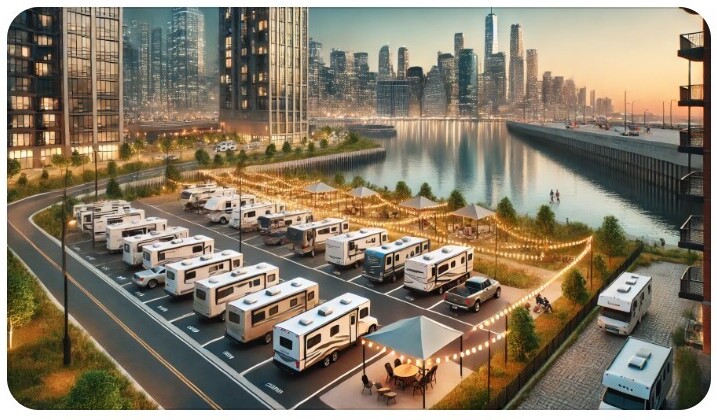
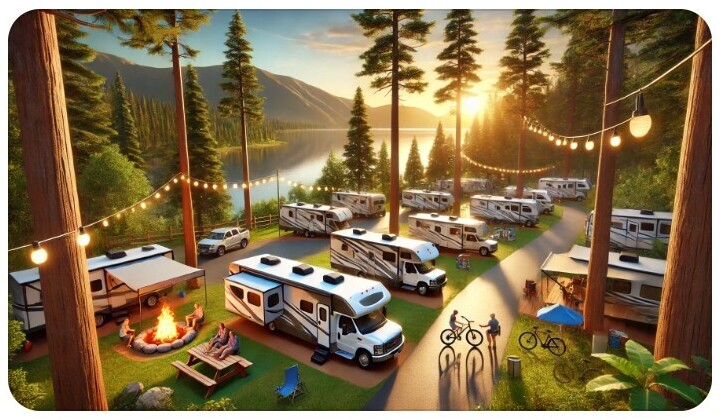
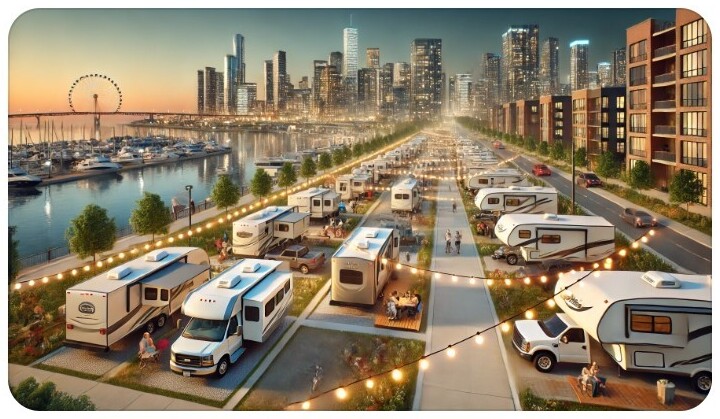
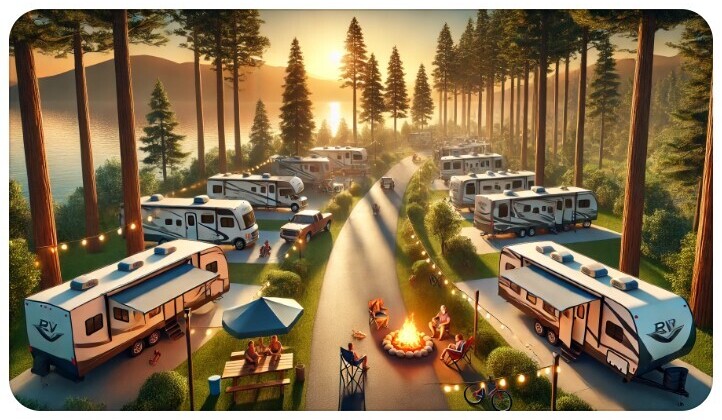

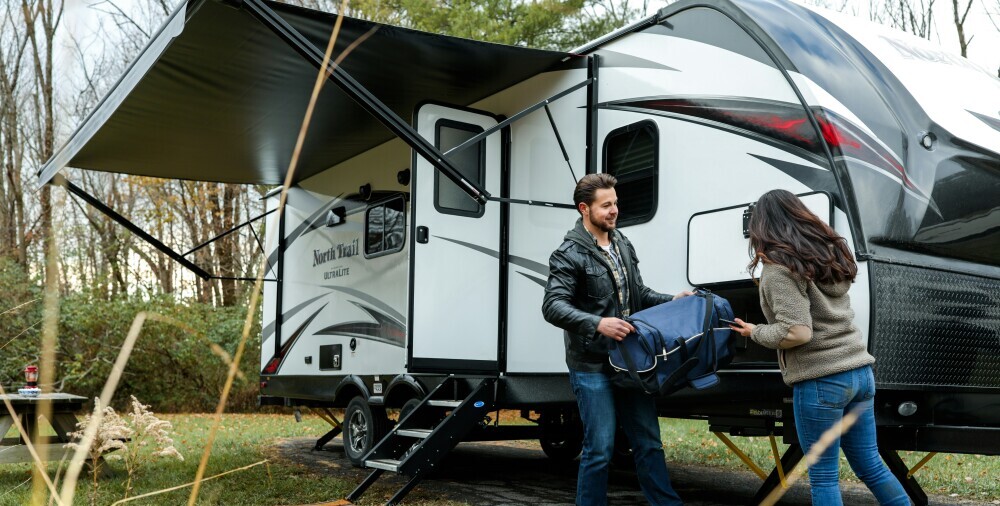

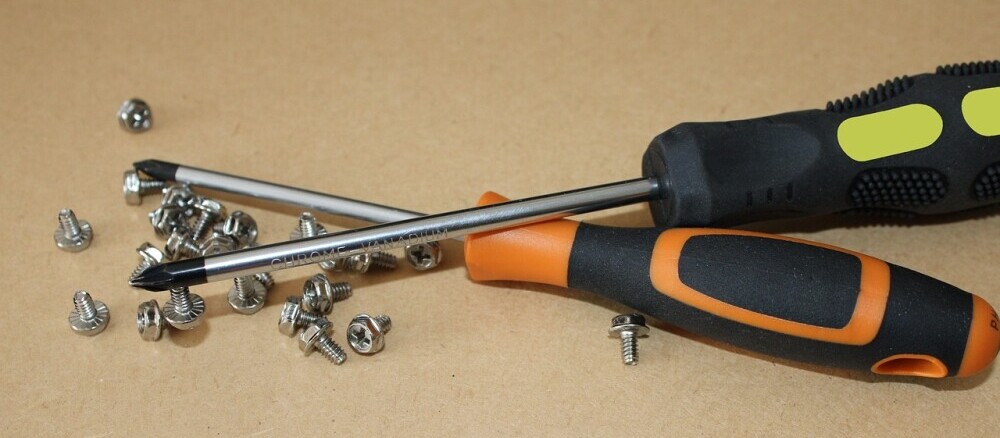
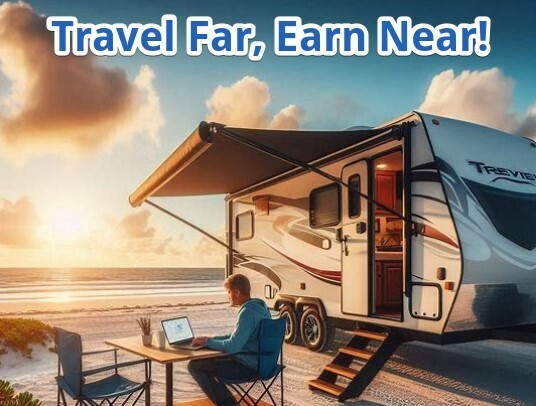

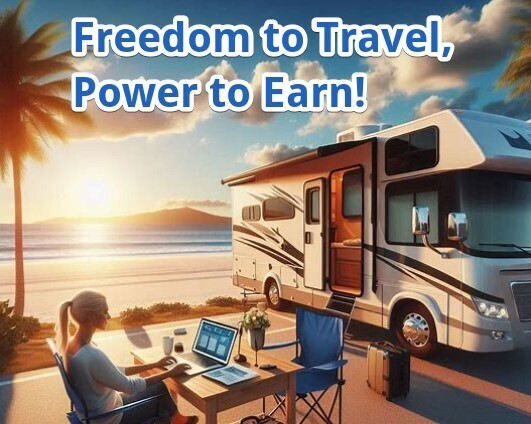
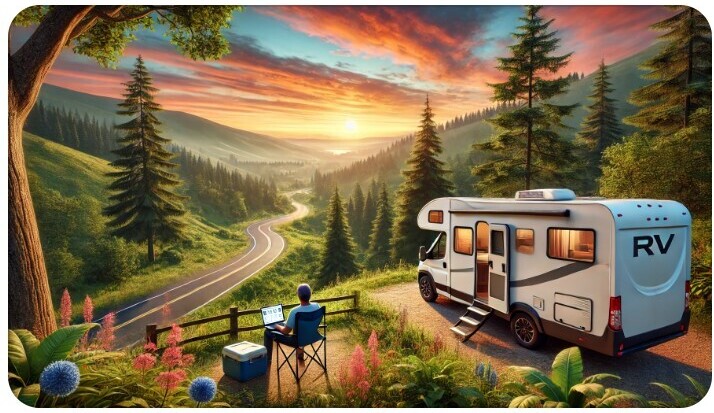
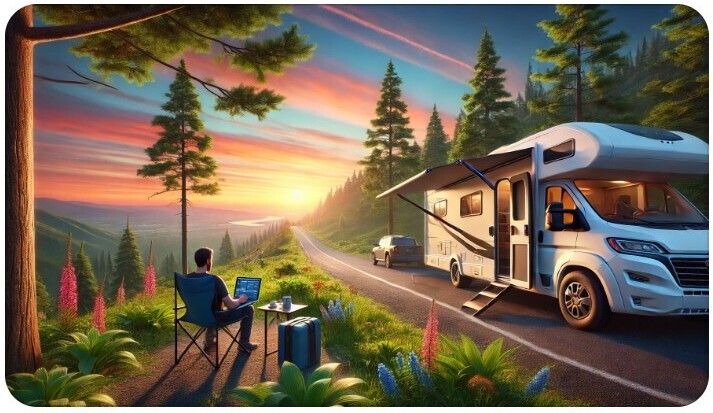
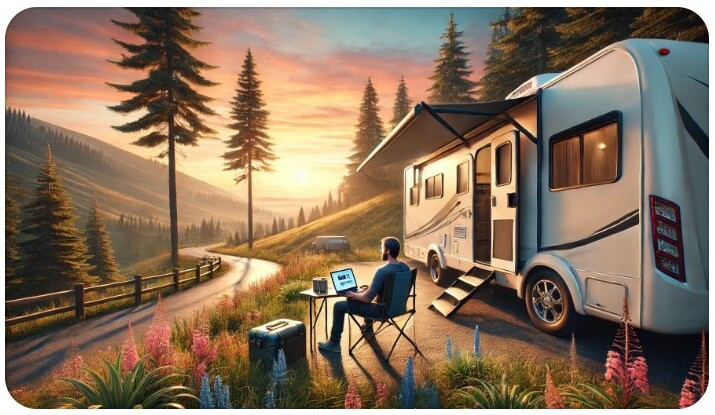
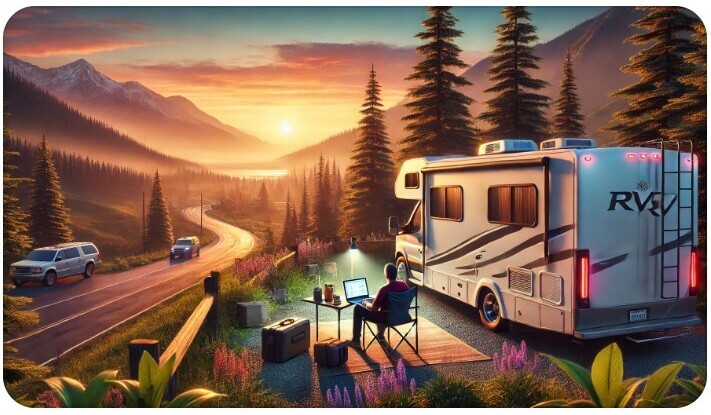


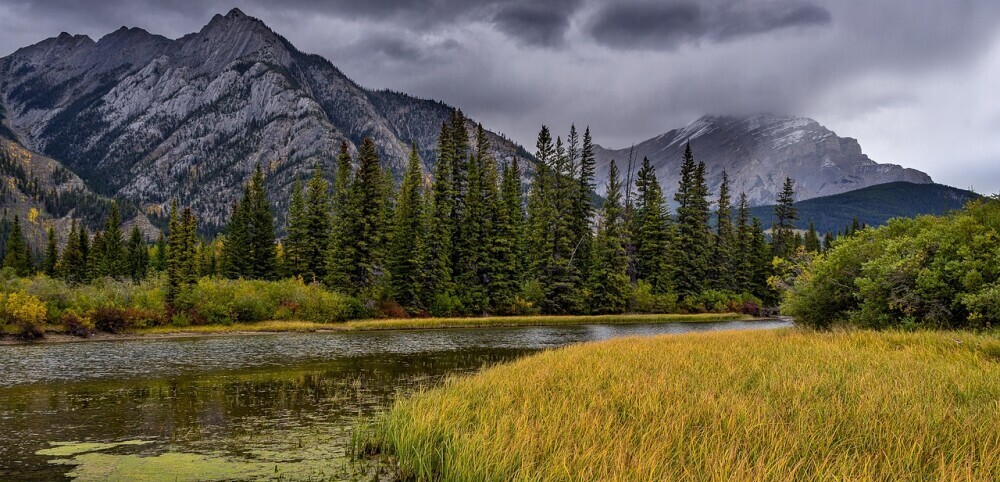
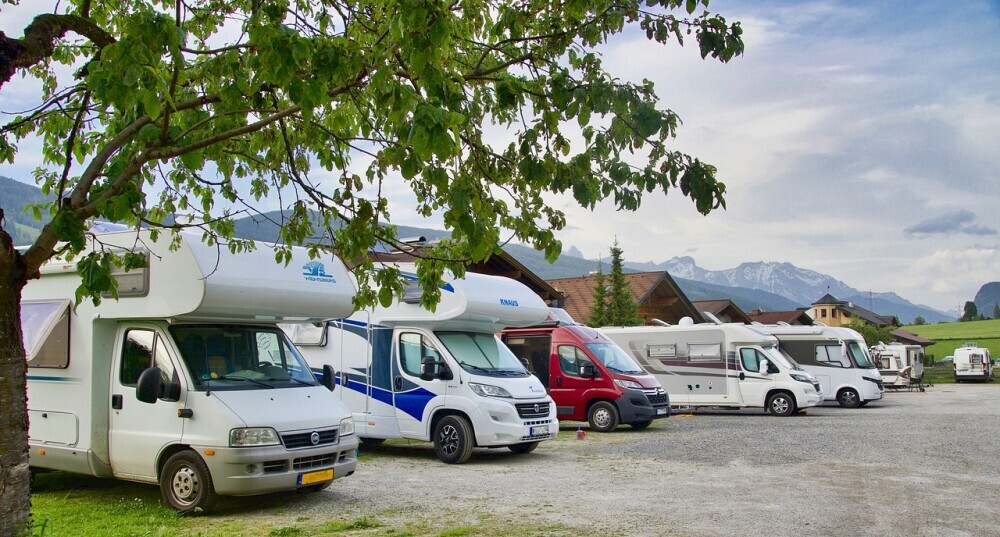



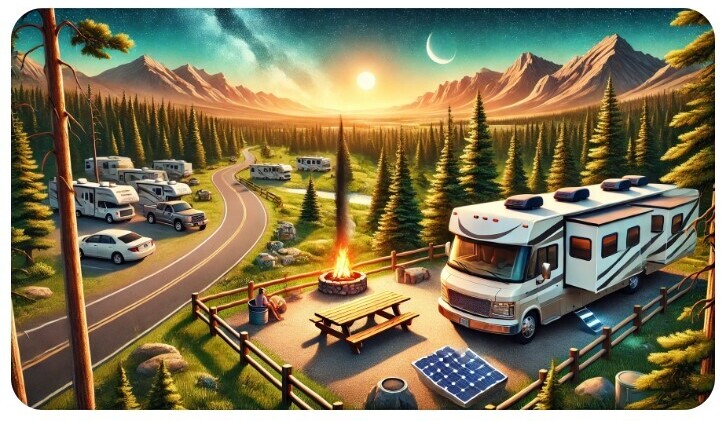
 For RV camping, Yellowstone has options that cater to all preferences.
For RV camping, Yellowstone has options that cater to all preferences.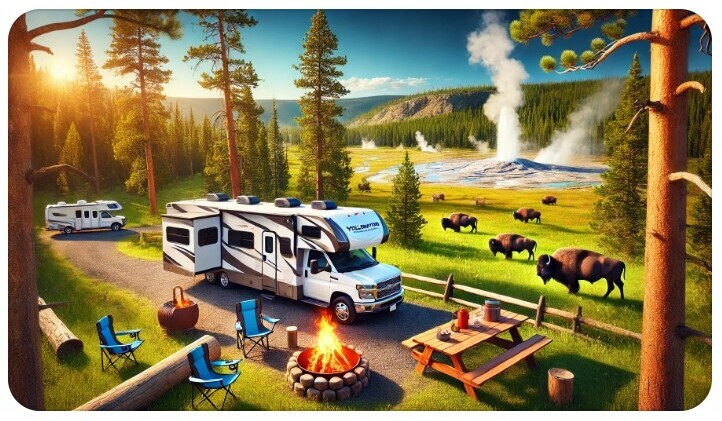
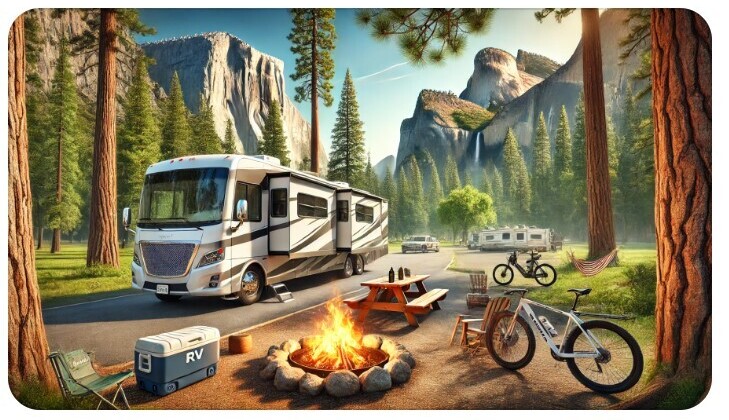




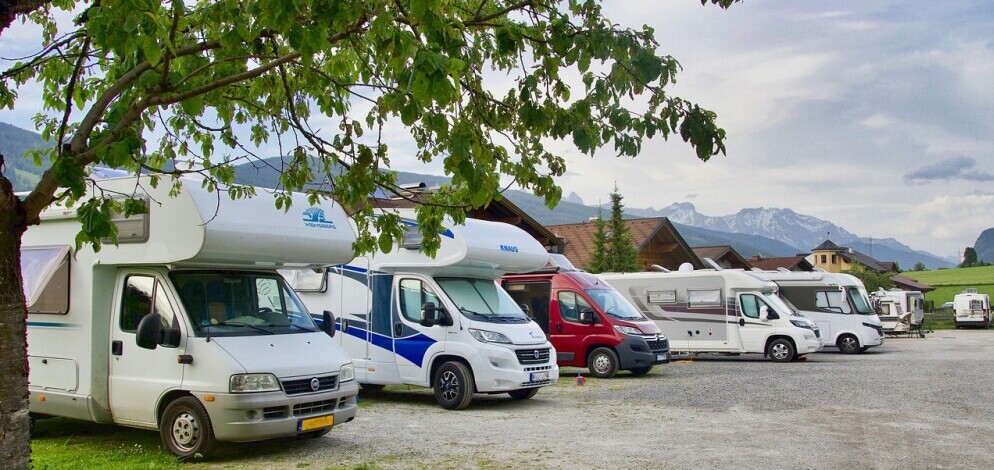



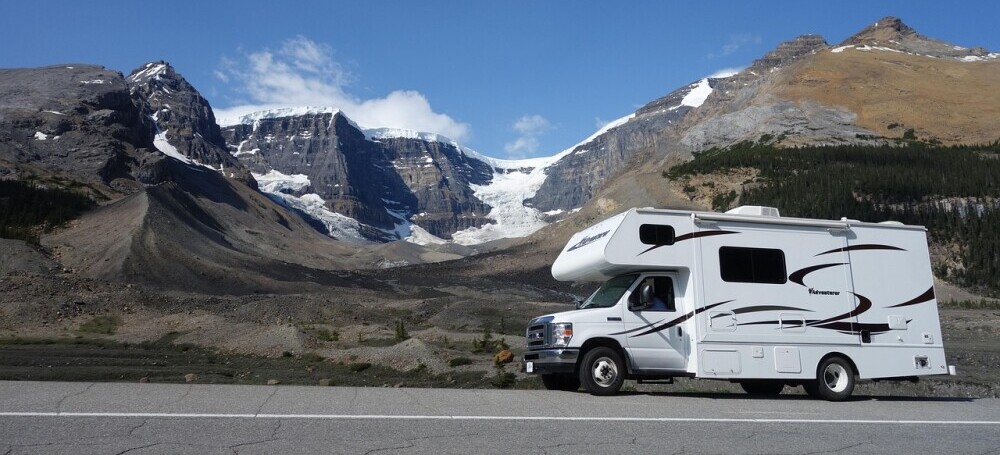
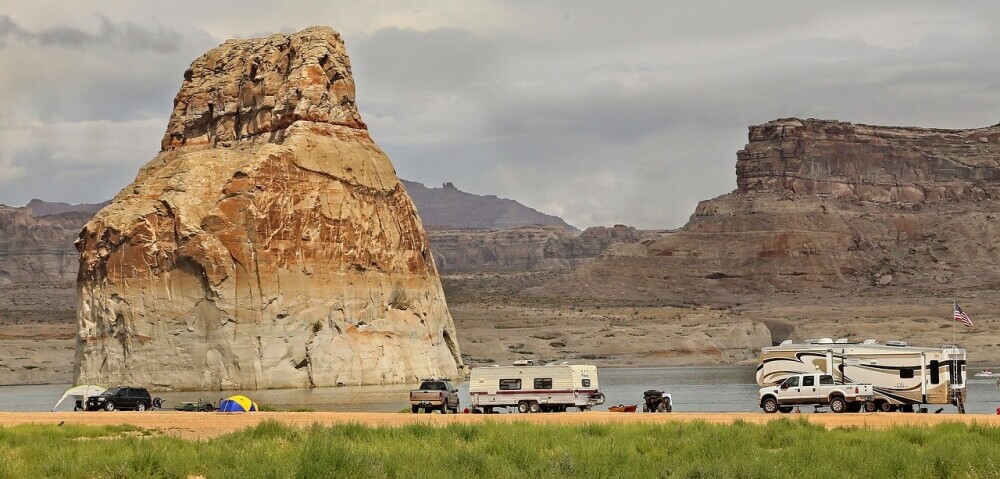




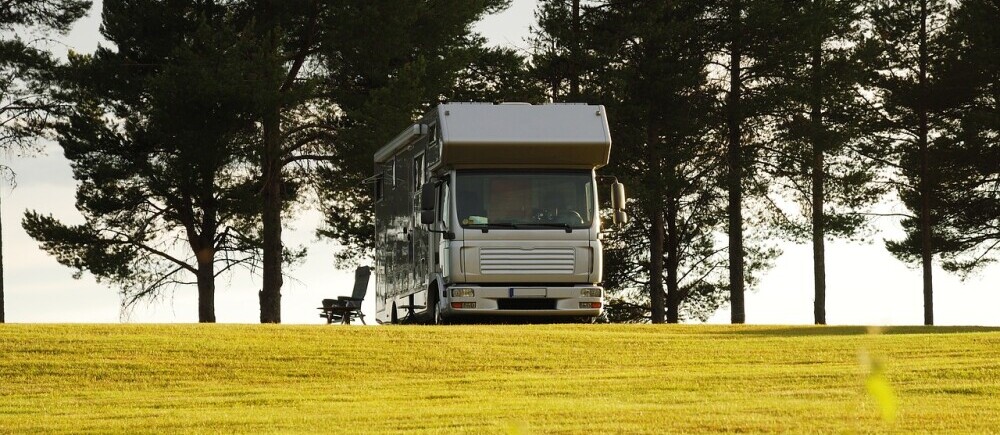

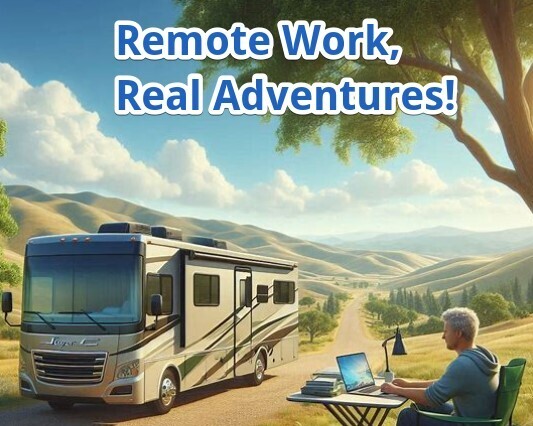

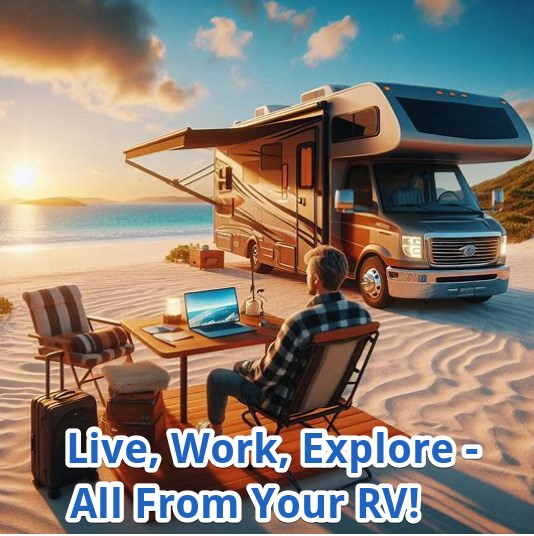
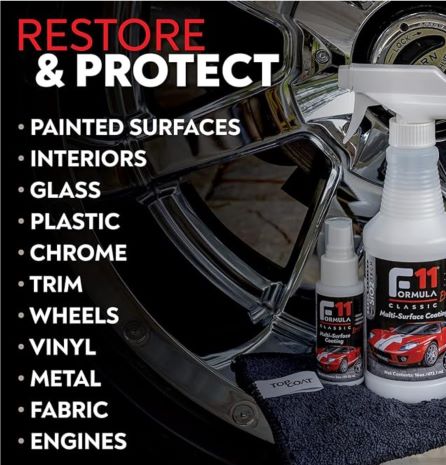
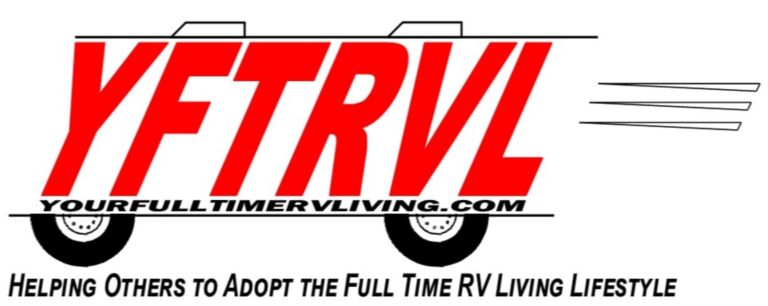



Recent Comments